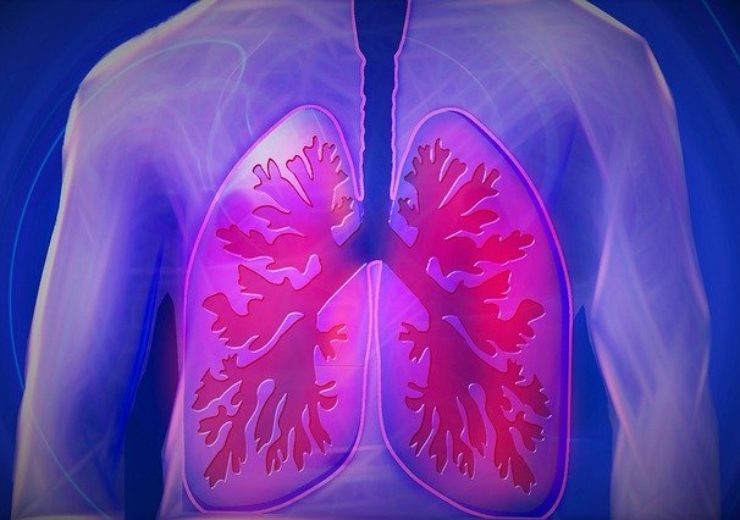Versatile designs, intuitive interfaces and precision systems provide patients with proven respiratory therapies

Hillrom launches Volara system and Synclara cough system. (Credit: kalhh from Pixabay.)
Global medical technology leader Hillrom (NYSE: HRC) today announced the launch of two new respiratory therapy devices: the Volara™ System, which provides hospital-grade oscillation and lung expansion (OLE) therapy, and the Synclara™ Cough System.
“As part of our vision of Advancing Connected Care™, we want to make it easy for patients to leave the hospital with the technologies they need to get better faster,” said John Groetelaars, president and CEO of Hillrom. “Our new Volara System is proven to reduce hospital length of stay and time on a ventilator by delivering effective OLE therapy1, and the Synclara Cough System, which delivers mechanical insufflation and exsufflation, helps keep upper airways clear. We’re delighted to introduce these practical, accessible innovations to patients and their caregivers.”
The Volara™ System
The Volara System delivers trusted OLE therapy, combining Continuous Positive Expiratory Pressure (CPEP), Continuous High-Frequency Oscillation (CHFO) and a nebulizer in one portable, lightweight device. Respiratory therapies delivered by the Volara System are suitable for a number of acute and chronic conditions, including post-operative pulmonary complications, that are treated both in acute care settings and at home.
OLE therapy has been proven to deliver clinical and economic outcomes in acute care settings1. Recently published research in the Journal of American College of Surgeons involving a 419-patient, two-phase multicenter study1 showed that pulmonary treatment with OLE therapy, along with standard respiratory therapy, reduced the rate of certain post-procedural complications in high-risk surgical patients who underwent thoracic, upper abdominal or aortic open surgical procedures.
The impact of OLE therapy on Postoperative Pulmonary Complications (PPC) is clinically proven1, with an overall significant relative reduction in PPC by 31% and a significant relative reduction in PPC among intubated patients of 47%. The study also demonstrated a significant reduction in mean length of hospital stay to 1.6 days, a clinically relevant reduction in ICU stays to two days, and a significant reduction of 64.4 hours for time-on-ventilator.
The Volara System is versatile, enabling patients to continue receiving OLE treatments with the precise settings they used in the hospital, at home. Volara can be used with a mouthpiece, face mask, tracheostomy or in-line on a ventilator.
The Synclara Cough System
The Synclara Cough System is a non-invasive therapy that simulates a cough to remove secretions in patients with compromised peak cough flow. The Synclara Cough System uses mechanical insufflation-exsufflation technology to clear secretions from the upper airways, representing the most complete solution available to assist patients with vital secretion evacuation. Synclara has been designed with the programmability and sensing technology to deliver a more individualized treatment, the portability and ease-of-use to improve the patient experience, and specialized patient training, therapy optimization and support.
“For patients with compromised lung function, cough simulation can be a lifesaving therapy,” said Mr. Groetelaars. “With Synclara, we’ve developed a cough system that senses how a patient is breathing and automatically adjusts the cough cycle to match the patient’s breathing rhythm, making it possible for caregivers to tailor therapies for specific patient needs.”
Source: Company Press Release
